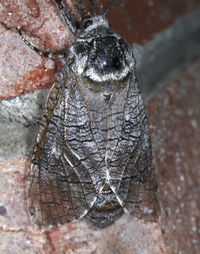
| Recorded by: Jim Petranka and Mark Basinger on 2025-05-18
Madison Co.
Comment: | 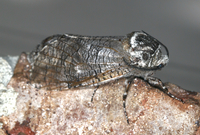
| Recorded by: Jim Petranka and Mark Basinger on 2025-05-18
Madison Co.
Comment: |
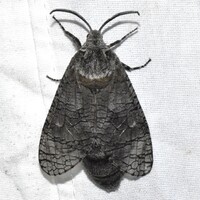
| Recorded by: David George, Jeff Niznik on 2025-04-05
Chatham Co.
Comment: | 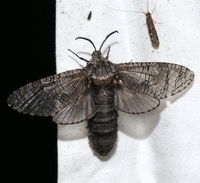
| Recorded by: David George, Jeff Niznik on 2025-04-05
Chatham Co.
Comment: |
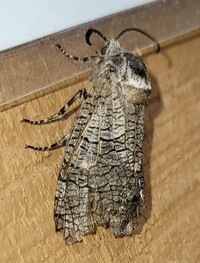
| Recorded by: Michael P. Morales on 2025-04-04
Cumberland Co.
Comment: | 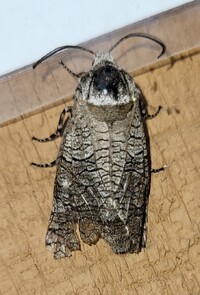
| Recorded by: Michael P. Morales on 2025-04-04
Cumberland Co.
Comment: |
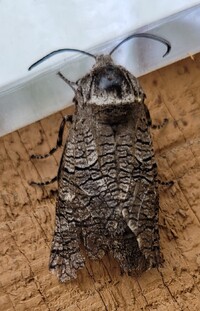
| Recorded by: Michael P. Morales on 2025-04-04
Cumberland Co.
Comment: | 
| Recorded by: R. Teper, David George, J. Niznik on 2025-03-28
Chatham Co.
Comment: |
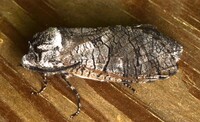
| Recorded by: Stephen Dunn on 2024-04-14
Orange Co.
Comment: | 
| Recorded by: David George, Jeff Niznik on 2024-04-01
Chatham Co.
Comment: |
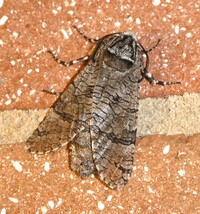
| Recorded by: Simpson Eason on 2024-03-31
Durham Co.
Comment: | 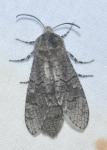
| Recorded by: K. Bischof on 2023-05-21
Transylvania Co.
Comment: |

| Recorded by: K. Bischof on 2023-05-21
Transylvania Co.
Comment: | 
| Recorded by: Jim Petranka on 2023-05-14
Madison Co.
Comment: |
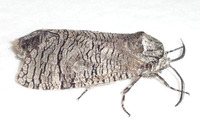
| Recorded by: Michael P. Morales on 2023-03-24
Cumberland Co.
Comment: | 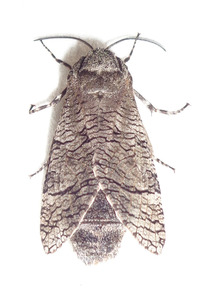
| Recorded by: Michael P. Morales on 2023-03-24
Cumberland Co.
Comment: |
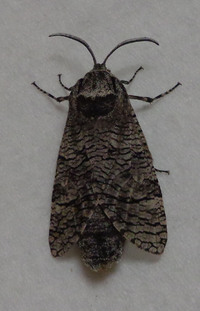
| Recorded by: Michael P. Morales on 2023-03-24
Cumberland Co.
Comment: | 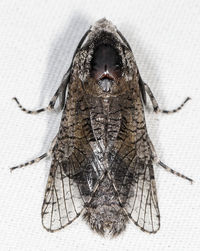
| Recorded by: John Petranka on 2023-03-24
Orange Co.
Comment: |

| Recorded by: John Petranka on 2023-03-24
Orange Co.
Comment: | 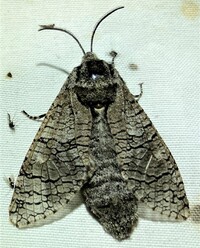
| Recorded by: Dean Furbish and Joy Wiggins on 2023-03-24
Wake Co.
Comment: |
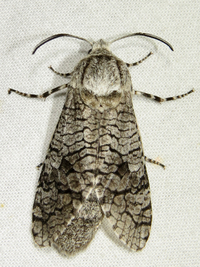
| Recorded by: tom ward on 2022-06-07
Buncombe Co.
Comment: | 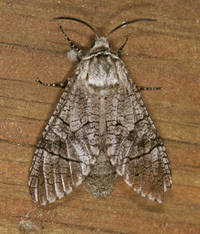
| Recorded by: Jim Petranka on 2022-05-19
Madison Co.
Comment: |
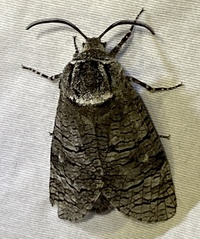
| Recorded by: David George, L. M. Carlson on 2022-04-13
Orange Co.
Comment: | 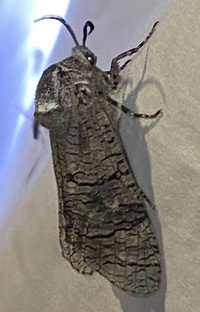
| Recorded by: David George, L. M. Carlson on 2022-04-13
Orange Co.
Comment: |
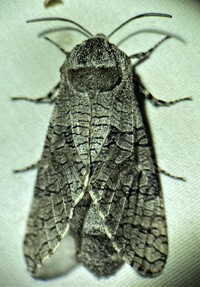
| Recorded by: Dean Furbish and Joy Wiggins on 2022-04-13
Wake Co.
Comment: | 
| Recorded by: Richard Teper on 2021-04-27
Orange Co.
Comment: |
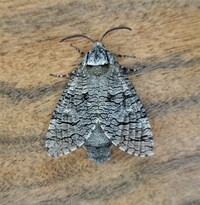
| Recorded by: Gary Maness on 2021-04-20
Guilford Co.
Comment: | 
| Recorded by: Jim Petranka and Becky Elkin on 2020-05-16
Madison Co.
Comment: |

| Recorded by: Jim Petranka and Becky Elkin on 2019-05-28
Buncombe Co.
Comment: | 
| Recorded by: Jim Petranka and Becky Elkin on 2019-05-28
Buncombe Co.
Comment: |
|

 »
»

























